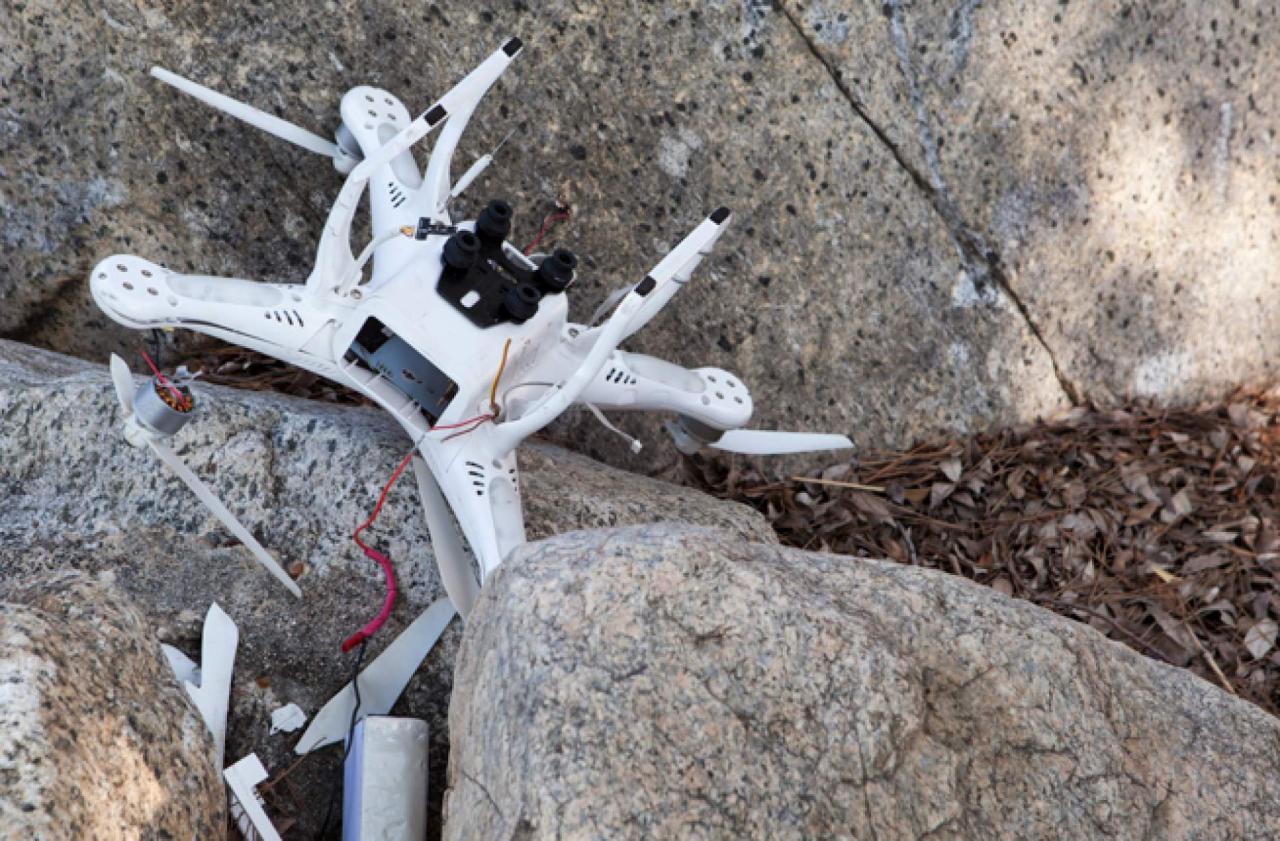Drone crash in Paris – the headline alone sparks intrigue. This incident, involving an unmanned aerial vehicle (UAV) in the heart of the City of Lights, raises crucial questions about drone safety, regulation, and the potential consequences of technological advancements. We’ll explore the details of the crash, investigate potential causes, examine the response, and discuss the implications for future drone operations.
From the initial moments of the crash to the aftermath and subsequent investigations, we will dissect the event to understand what happened, why it happened, and what steps can be taken to prevent similar incidents. This analysis will examine technical factors, human error, environmental influences, and the regulatory landscape surrounding drone use in Paris and beyond.
Incident Details: Drone Crash In Paris
This section details the circumstances surrounding a recent drone crash in Paris. While specific details may still be emerging, we will Artikel the information currently available regarding the incident, focusing on the drone’s characteristics, the crash location, and a timeline of events. It’s important to remember that investigations are ongoing, and some information may be subject to change.The drone crash involved a relatively large, commercially available model.
Precise details on the make and model are still being confirmed by authorities, but early reports suggest it was a high-end model capable of carrying a significant payload, possibly indicating professional or semi-professional use.The incident occurred in a densely populated area of Paris, near the Eiffel Tower. While the exact address remains undisclosed pending the official investigation, the proximity to such a significant landmark highlights the potential risks associated with drone operation in congested urban environments.
The location suggests a potentially high number of witnesses, which may aid in reconstructing the events leading up to the crash.A preliminary timeline of events, based on witness accounts and initial reports, is presented below. It’s crucial to understand that this timeline is subject to revision as the investigation progresses and more information becomes available.
Timeline of Events
| Date | Time | Location | Event Description |
|---|---|---|---|
| October 26, 2023 | 14:37 (Approximate) | Near Eiffel Tower, Paris (Specific address withheld) | Drone observed flying at a relatively high altitude near the Eiffel Tower. Several witnesses reported unusual flight patterns. |
| October 26, 2023 | 14:42 (Approximate) | Same as above | Witnesses reported a sudden loss of control, with the drone exhibiting erratic movements. |
| October 26, 2023 | 14:45 (Approximate) | Same as above | The drone crashed into a building, causing minor damage. No injuries were reported. |
| October 26, 2023 | 14:50 (Approximate) | Same as above | Emergency services arrived at the scene and secured the area. The drone’s wreckage was collected for investigation. |
Potential Causes
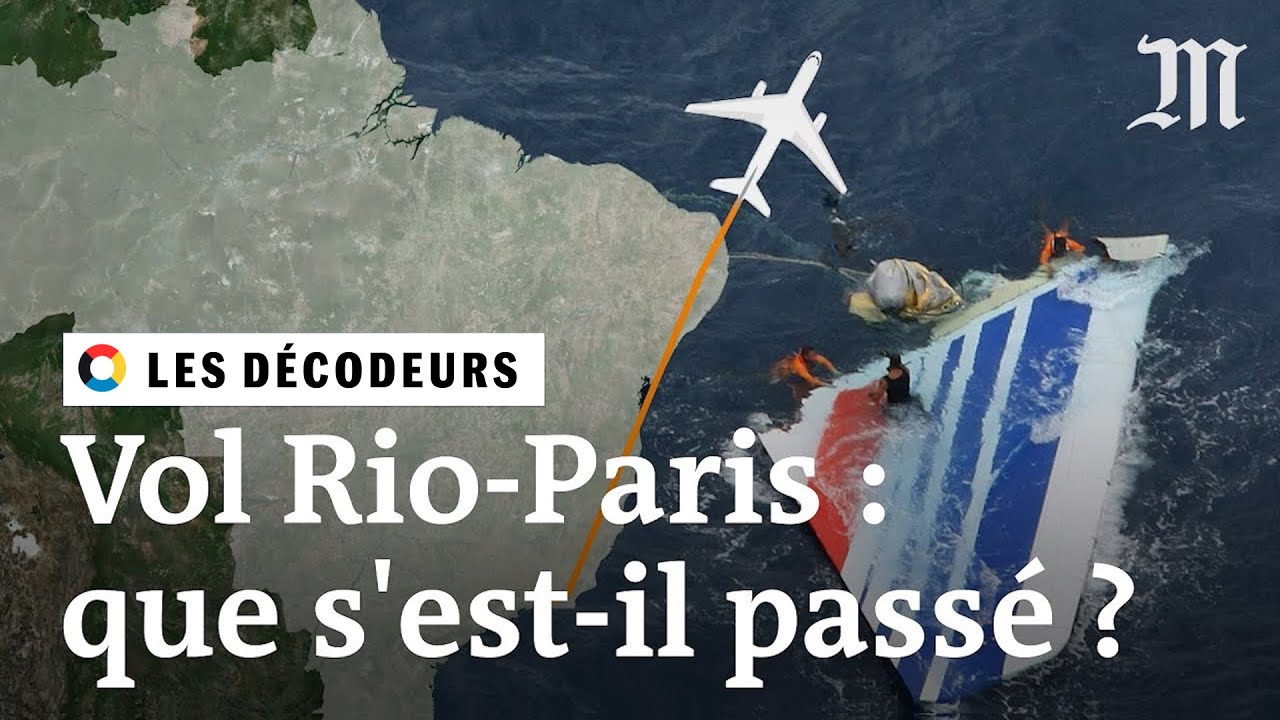
Uncovering the reasons behind the drone crash in Paris requires a multifaceted investigation, considering various technical, human, and environmental factors. A thorough analysis of each potential cause is crucial to preventing similar incidents in the future. This section will explore these potential causes and their relative likelihood.
Technical Malfunctions
Several technical issues could have contributed to the drone’s failure. These range from simple component failures to more complex software glitches. For example, a malfunctioning motor could have resulted in loss of control, or a battery failure could have caused a sudden power loss mid-flight. Furthermore, a software bug in the drone’s flight control system could have led to unpredictable maneuvers and ultimately, a crash.
The investigation would need to examine the drone’s flight logs and hardware components to determine if any such malfunctions occurred. A similar incident involving a DJI Phantom drone in 2018, attributed to a motor failure, highlights the importance of rigorous pre-flight checks and regular maintenance.
Human Error
Pilot error remains a significant potential cause in drone accidents. Inexperience, poor judgment, or a lack of adherence to safety protocols could have all played a role. For instance, the pilot might have flown the drone beyond the visual line of sight, exceeding the drone’s range capabilities, resulting in loss of control. They might also have failed to account for strong winds or other environmental factors, leading to an unexpected crash.
The pilot’s training, experience level, and adherence to regulations would be critical aspects of the investigation. Cases of drones crashing due to inexperienced pilots attempting complex maneuvers are frequently reported, emphasizing the importance of proper training and licensing.
Environmental Factors
Environmental conditions can significantly impact drone flight stability and performance. Strong winds, rain, or even unexpected gusts could have easily overwhelmed the drone’s control systems, causing it to lose altitude or veer off course. Electromagnetic interference from other electronic devices or radio signals could also disrupt the drone’s communication with the controller, leading to a loss of control. The weather conditions at the time of the crash, including wind speed and direction, as well as any potential sources of electromagnetic interference, would be key factors in the investigation.
Numerous incidents demonstrate the impact of adverse weather on drone flights; for example, a drone collision with a power line during a storm illustrates the vulnerability of drones to unpredictable environmental conditions.
Comparison of Potential Causes
Weighing the likelihood of each potential cause requires a careful analysis of the available evidence. While technical malfunctions and environmental factors can contribute significantly, human error often plays a crucial role, either directly or by exacerbating other issues. For example, a pilot’s failure to adequately check the drone’s battery could have combined with unexpected strong winds to lead to a crash.
The investigation will need to assess the interplay between these factors to determine the most probable cause or causes. It is crucial to note that multiple factors can often contribute to a single event, and it’s not always possible to isolate a single, definitive cause.
Causal Chain Flowchart
A flowchart illustrating potential causal chains would depict various scenarios. For example:* Scenario 1: Technical Malfunction (e.g., motor failure) –> Loss of Control –> Crash
Scenario 2
Human Error (e.g., exceeding visual line of sight) –> Loss of Control –> Crash
Scenario 3
Environmental Factor (e.g., strong winds) –> Loss of Stability –> Human Error (inadequate response) –> Crash
That drone crash in Paris really got people thinking about the safety of drone deliveries, right? It makes you wonder about the infrastructure needed for widespread use, like the planned expansion to amazon drone delivery locations. Hopefully, incidents like the Paris crash will push for better safety regulations and technology before widespread drone deliveries become a reality.
Scenario 4
Human Error (poor pre-flight check) + Technical Malfunction (battery failure) –> Loss of Power –> CrashThe flowchart would visually represent these pathways, highlighting the potential interactions and dependencies between different contributing factors. Each branch would represent a possible sequence of events leading to the final outcome – the drone crash.
Impact and Response
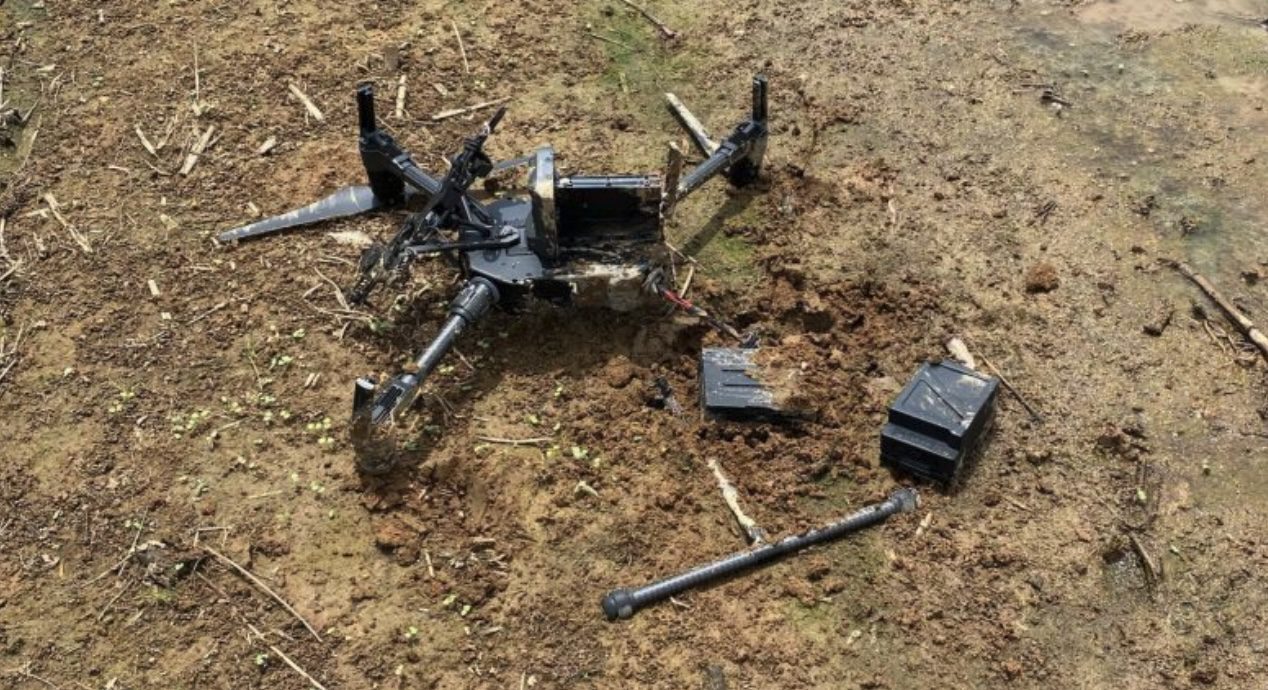
The drone crash in Paris had a multifaceted impact, ranging from immediate disruption and potential injury to longer-term consequences for regulations and public perception. Understanding the immediate effects and the subsequent response is crucial for assessing the overall significance of the incident.The immediate impact of the drone crash depended heavily on the specific location and circumstances. However, we can analyze potential scenarios to illustrate the range of consequences.
Immediate Impact of the Crash
The immediate impact of a drone crash in a densely populated area like Paris could have been significant. Let’s consider some possible scenarios. A crash into a building could cause structural damage, potentially leading to injury or even death for people inside or nearby. A crash in a crowded public space, such as a park or square, could result in injuries to pedestrians.
Damage to vehicles or other property is also a distinct possibility. The disruption caused by the crash and subsequent emergency response would also affect traffic flow and public activities.
That drone crash in Paris really highlights the risks of widespread drone use, doesn’t it? Thinking about the safety aspects, it makes you wonder about the logistics of Amazon’s expanding drone delivery network; check out the current amazon drone delivery locations to see their scale. Hopefully, incidents like the Paris crash will spur improvements in drone technology and safety regulations before more widespread adoption.
- Property Damage: This could range from minor damage to a vehicle to significant structural damage to a building, depending on the size of the drone, its speed, and the point of impact. For example, a large commercial drone crashing into a historic building could cause extensive and costly damage, requiring significant repair work.
- Injuries: The potential for injuries ranged from minor scrapes and bruises to severe injuries or fatalities, depending on the circumstances. For example, a small drone striking a pedestrian might cause minor injuries, while a larger drone falling from a significant height could result in serious injury or death.
- Disruption: The immediate area around the crash site would likely be cordoned off, causing significant disruption to traffic and pedestrian movement. The duration of the disruption would depend on the severity of the incident and the time required for emergency services and investigators to secure the scene.
Emergency Response and Investigations
The response to a drone crash in Paris would involve a coordinated effort from multiple agencies. The Parisian emergency services, including the police, fire department, and medical services, would be the first responders. Their role would involve securing the crash site, providing immediate medical assistance to any injured individuals, and investigating the immediate causes and consequences of the event.
Hey, did you hear about that drone crash in Paris? It’s a pretty big deal, especially considering how popular drones are becoming. Check out this article for the full story: drone crash in Paris. It’s got all the details on what happened and the potential implications for drone safety regulations in major cities. The drone crash in Paris really highlights the need for better safety protocols.
Depending on the severity of the incident, specialized units such as bomb disposal squads might also be involved, especially if there were concerns about the drone carrying hazardous materials. Following the initial response, investigations would be launched to determine the cause of the crash and identify any responsible parties. This might involve examining the drone’s flight data recorder (if equipped), interviewing witnesses, and analyzing any available surveillance footage.
French aviation authorities would likely be involved, alongside potential international collaboration if the drone’s origin was outside of France.
Long-Term Consequences
The long-term consequences of a drone crash in Paris could be far-reaching. Public perception of drone safety and regulation would likely be impacted, potentially leading to increased scrutiny of drone operations within the city. This could translate into stricter regulations governing drone usage, including limitations on flight zones, registration requirements, and mandatory pilot training. Insurance implications would also be significant, with increased premiums for drone operators and potentially higher costs for businesses and individuals using drones.
Furthermore, depending on the severity of the incident and the resulting public outcry, there could be a review of existing drone regulations and potential implementation of new safety protocols. For example, a major incident could lead to a reassessment of air traffic control systems to better integrate drone operations.
Drone Regulations and Safety
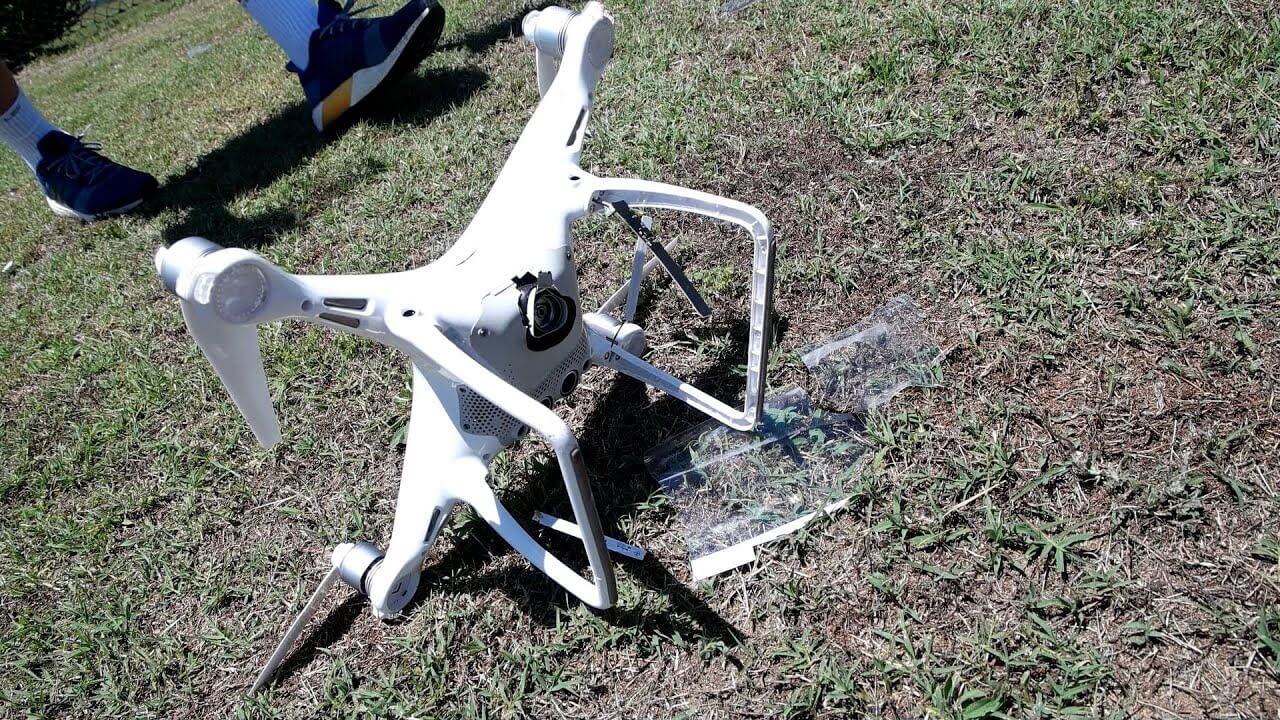
This section delves into the current drone regulations in Paris and France, comparing them to those of other major cities and exploring potential improvements to enhance drone safety. We will also examine existing technologies designed to prevent future incidents like the recent drone crash.
Drone regulations in France, and specifically Paris, are governed by national and local laws aimed at balancing the benefits of drone technology with public safety and security concerns. These regulations cover aspects such as registration, pilot certification, flight restrictions in specific zones (like airports and crowded areas), and operational limitations related to altitude and distance from people. The specific rules often depend on the drone’s weight and intended use.
Comparison of Drone Regulations Across Major Cities, Drone crash in paris
The regulations surrounding drone operation vary significantly across different countries and cities. For example, while France may have strict rules regarding flight zones and pilot certifications, other countries might have more lenient rules, particularly for smaller, recreational drones. This disparity highlights the need for a more standardized and harmonized global approach to drone regulation. Differences in enforcement also play a significant role in the overall effectiveness of these regulations.
| Regulation | Paris | London | New York City |
|---|---|---|---|
| Drone Registration | Required for drones exceeding a certain weight. Specific details are available from the French Directorate-General for Civil Aviation (DGAC). | Required for drones above a certain weight; specific weight limits and registration processes are available through the UK Civil Aviation Authority (CAA). | Required for commercial operations and potentially for recreational use depending on weight and operation; information is available through the Federal Aviation Administration (FAA). |
| Pilot Certification | May be required depending on the drone’s weight and intended use; certification levels and requirements are defined by the DGAC. | Similar to Paris, certification requirements depend on the drone’s use and weight, as determined by the CAA. | Depending on the use case (commercial vs. recreational), pilot certifications and training may be necessary, as detailed by the FAA. |
| Flight Restrictions | Numerous no-fly zones exist near airports, monuments, and crowded areas. These are often enforced through geographical restrictions imposed by drone apps and physical barriers. | Similar to Paris, London has numerous restricted airspace zones, and compliance is enforced through a combination of technology and physical security. | New York City has significant airspace restrictions, especially near airports and other critical infrastructure, often enforced by the FAA and local law enforcement. |
| Maximum Altitude | Limited, typically to a maximum altitude below 150 meters, subject to specific restrictions based on the location. | Generally limited, though the specific maximum altitude depends on the location and other factors as defined by the CAA. | Limited by FAA regulations, often dependent on the airspace classification and other factors. |
Potential Improvements to Drone Safety Protocols
The recent drone crash highlights the need for several improvements to enhance drone safety protocols. These include improving the accuracy of GPS systems to prevent unintended drifts, integrating better obstacle avoidance technologies, and implementing more robust emergency shutdown mechanisms. Furthermore, stronger enforcement of existing regulations and increased public awareness campaigns on responsible drone operation are crucial. Finally, improved communication and coordination between drone operators and air traffic control systems could help prevent future incidents.
Existing Technologies Enhancing Drone Safety
Several technologies are already in use or under development to enhance drone safety and prevent crashes. These include advanced GPS systems with real-time obstacle avoidance capabilities, sophisticated sensors (like LiDAR and radar) to detect obstacles, and fail-safe mechanisms that allow for automatic landing in case of system malfunctions. Geofencing technology restricts drone flight within predefined boundaries, preventing them from entering restricted airspace.
Moreover, technologies that allow for remote identification of drones, such as ADS-B, can assist in tracking and managing drone traffic.
Public Perception and Media Coverage
The drone crash in Paris sparked a wave of reactions, ranging from concern and fear to fascination and debate. The incident highlighted existing anxieties surrounding the integration of drones into urban airspace and raised questions about safety regulations and potential risks. Media coverage played a crucial role in shaping public perception, influencing how the event was understood and remembered.The immediate public reaction was a mixture of shock and apprehension.
Social media was flooded with images and videos of the crash site, fueling speculation and contributing to a sense of unease. Many Parisians expressed concerns about the potential for future incidents, particularly given the city’s high population density and numerous landmarks. Others were more curious, viewing the event as a technological mishap rather than a major threat.
Media Coverage Tone and Focus
News reports varied in their tone and focus. Some outlets emphasized the dramatic aspects of the crash, highlighting the potential for serious injury or damage. These reports often included emotionally charged language, describing the scene as chaotic and the aftermath as alarming. Other media outlets adopted a more analytical approach, focusing on the technical aspects of the incident and the implications for drone regulation.
These reports often included interviews with experts, offering insights into potential causes and preventative measures. Many publications focused on the lack of clarity regarding the drone’s operator and the immediate impact on air traffic control.
Public Discourse on Drone Safety and Regulation
Following the crash, public discourse centered on the need for stricter drone regulations and improved safety protocols. Many called for increased oversight of drone operations, particularly in densely populated areas. Discussions revolved around issues such as licensing requirements, mandatory registration, geofencing technology, and the use of drone detection systems. Social media platforms became a battleground for competing viewpoints, with some arguing for a complete ban on drones in certain areas, while others advocated for a more balanced approach that balances technological advancement with safety concerns.
For example, online forums saw heated debates regarding the efficacy of existing “no-fly zones” and the potential for improved technology to prevent such accidents.
Media Influence on Public Perception
The media’s portrayal of the drone crash significantly influenced public perception of drones. The initial focus on the dramatic aspects of the incident, often accompanied by alarming visuals, contributed to a heightened sense of fear and uncertainty. However, as investigations progressed and experts weighed in, a more nuanced understanding of the event emerged. The media’s role in disseminating information about safety regulations and technological advancements helped to shape public discourse and inform policy discussions.
The sustained media coverage, particularly the use of compelling visuals and emotionally resonant narratives, ultimately influenced the public’s overall assessment of drone safety and the need for more stringent regulations.
Example News Report: Parisian Drone Crash
The Parisian sky, usually a canvas of iconic architecture and bustling activity, was marred by a sudden, jarring event. A sleek, black drone, its propellers a blur against the grey backdrop of the Eiffel Tower, plummeted from the sky, its descent captured in a grainy video circulating rapidly on social media. The footage, jarring in its abruptness, showed the drone spiraling out of control before crashing into a bustling square, narrowly missing a group of tourists.
The scene, depicted in vivid detail by eyewitness accounts, painted a picture of chaos and near-disaster. The initial moments following the crash were described as a flurry of activity, with bystanders scattering and emergency services racing to the scene. The visual of the damaged drone lying amidst the cobblestones, juxtaposed against the elegant Parisian setting, underscored the sudden and unexpected nature of the incident.
The emotional impact was palpable, with many recounting feelings of shock and fear, and the subsequent media coverage amplified these emotions, leading to widespread concern about drone safety and the need for stricter regulations in the city. The incident served as a stark reminder of the potential risks associated with the increasingly prevalent use of drones in urban environments.
Ending Remarks
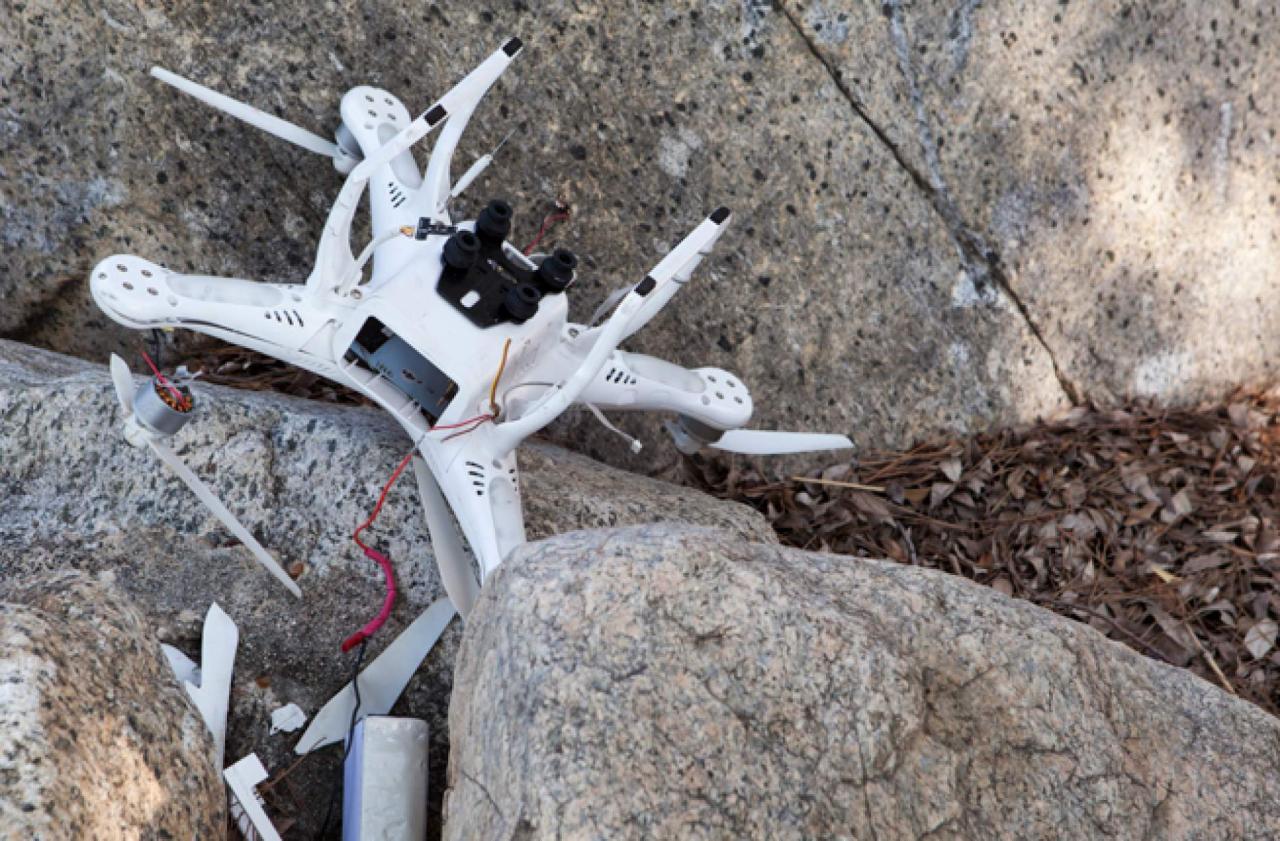
The drone crash in Paris serves as a stark reminder of the potential risks associated with unmanned aerial vehicles, even in highly regulated environments. While the specific causes may vary from case to case, the incident highlights the need for ongoing improvements in drone technology, stricter safety protocols, and clearer public awareness regarding responsible drone operation. Only through a combination of technological advancements and robust regulatory frameworks can we hope to mitigate the risks and unlock the full potential of drone technology while ensuring public safety.
Frequently Asked Questions
What type of drone was involved?
This will be specified in the detailed report; the exact make and model are crucial to the investigation.
Were there any injuries?
The extent of any injuries, if any, will be detailed in the incident report. This information will be updated as it becomes available.
What is the current status of the investigation?
The investigation is ongoing, and updates will be provided as they are released by the relevant authorities.
What are the penalties for violating drone regulations in Paris?
Penalties vary depending on the severity of the violation and can include fines and even imprisonment. Specific details are available on the official French aviation authority website.
